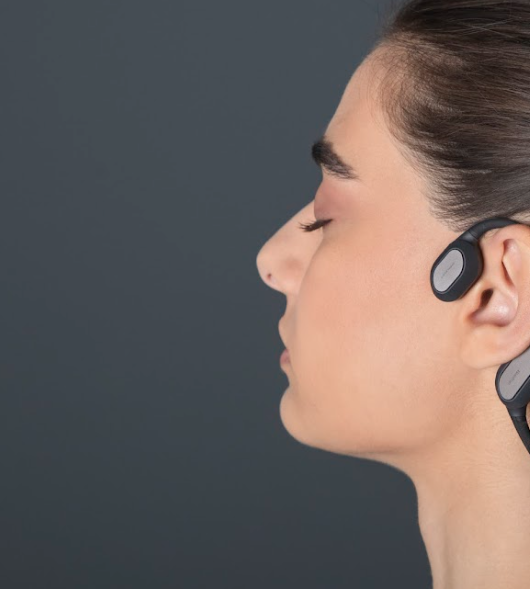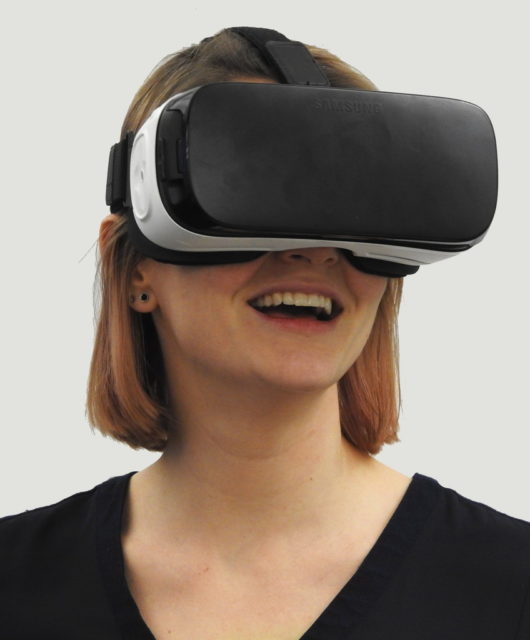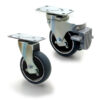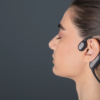Types of collaborative robots
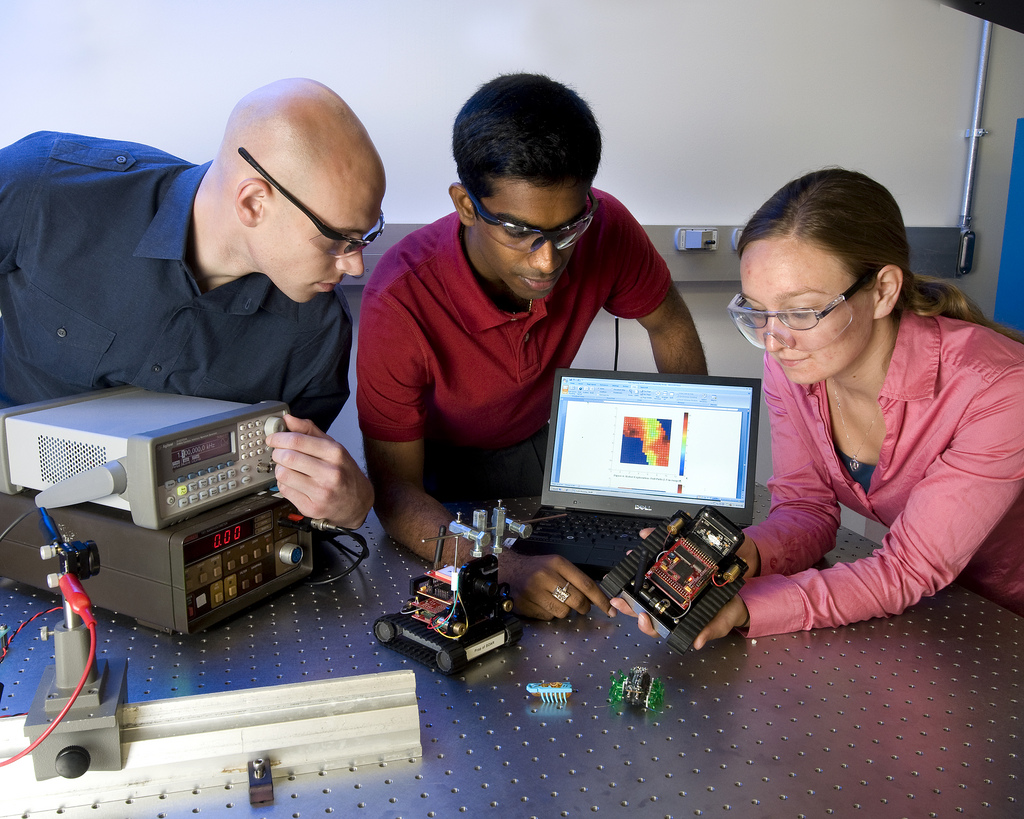
If you have a keen interest in robots, you have definitely come across collaborative robots. These days, you cannot visit a robotics show and fail to come across a new collaborative robot model. There are four types of collaborative robots. Even so, most people are focused on power and force limiting cobots which makes it possible to overlook the other 3 types.
The reason the power and force limiting cobot is common is that of its ability to sense and stop forces which helps to avoid injuries. This is because of the numerous sensors in them.
The main difference between the power and force limiting cobot and the other 3 types is because the power and force limiting cobot has the ability to make use of the normal robots using additional sensors and still maintain their safety standards with regards to working with humans.
It is always ideal to take your time to learn about the different types of cobots in the market before you settle on one.
Here are the different types of collaborative robots.
Joint sensing
This is the most common force limited cobot type. This type of robots include robots manufactured by universal robots and KUKA. The joint sensing cobots make use of the joints for force monitoring on the robot’s body.
Some robots can monitor forces using motor currents or force torque sensors attached to their joints. This makes joint sensing cobots the nest choice for human interaction. This is because they simply need to be programmed to run safely and effectively.
Force sensor base cobots
This is a type of force limited cobot which uses a different way to connect with the forces applied to it. It makes use of a force torque sensor that is connected to the robot’s base to be able to monitor forces. This means that, for example, if the cobot is programmed to perform a task towards one direction, it will stop if they come across an obstacle as the force sensor will sense the presence of an abnormal force vector. This is a technique mostly used by industries that turn their industrial robots into collaborative robots.
The benefit of this is that manufacturers can enjoy the convenience of a large robot with better sensitivity to force. This means that it is possible to have a robot that can handle a load of 35kgs and still have the ability to react to minimum impacts.
Even so, it is important for you to see the payload accurately to enable the robot to gauge whether the force applied to the force sensor is higher than what it can handle. This makes force sensor based cobots are more complicated in terms of use as compared to the joint sensing cobots.
Skin sensing cobots
This is not too common in the industry yet. However, it is termed as the safest option so far. Robots such as Bosch make use of different types of tactile sensing to recognize impact. This sensor will monitor the robot’s body conductivity to communicate with the robot to stop whenever it reaches a predetermined threshold.
The skin sensing cobots are seen as complex solutions for most manufacturers but can be safe for the end user. This robot keeps impacts at a minimum, even with the ability to sense when it is almost colliding with something.
Inherently safe cobots
These are types of collaborative robots that make use of all types of sensors. They are set apart by the fact that they are completely harmless to humans. This is because these robots do not have the power to do any kind of damage. Even so, it still needs to be programmed to avoid accidents. Even so, there are minimal ways a user can hurt themselves with this collaborative robot.
When deciding on what type of collaborative robot to purchase, it is advisable for you to go for one that has been approved by 3rd parties.



